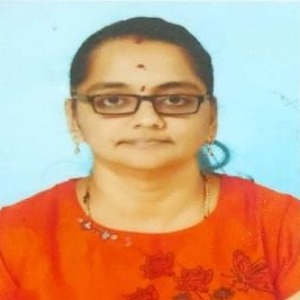Abstract:
Infantile haemangiomas are the most common vascular tumours in infancy, typically following a proliferative phase followed by gradual involution. Although airway haemangiomas are rare, they present significant diagnostic and therapeutic challenges due to their potential to cause life-threatening airway obstruction.
We report a complex case involving a late preterm female neonate who was discharged on day 10 of life with a segmental mandibular facial haemangioma. Outpatient follow-up with dermatology and cardiology was arranged. However, on day 11, she presented with feeding-associated respiratory distress, initially misdiagnosed as bronchiolitis. Her worsening stridor and tachypnoea raised concerns for an airway haemangioma. Despite initial steroid therapy, her respiratory status deteriorated, requiring paediatric intensive care unit (PICU) admission. Microlaryngobronchoscopy confirmed an extensive subglottic haemangioma extending to the tongue base and oral floor.
Systemic corticosteroids and propranolol were initiated after PHACES syndrome was ruled out. The clinical course was complicated by PVL-positive MRSA sepsis secondary to a thrombus on a central venous line, necessitating prolonged intravenous antibiotics and surgical drainage. Temporary cessation of propranolol during Hickman line removal led to clinical worsening. Recurrent airway obstruction required repeated dexamethasone courses, ongoing ENT surveillance, and subglottic balloon dilatation.
This case emphasizes the critical importance of early recognition of airway haemangiomas, particularly in neonates with high-risk segmental facial haemangiomas. Timely diagnosis, continuous multidisciplinary care, and sustained treatment regimens are essential. Furthermore, strict infection control measures are vital to prevent secondary complications and optimize patient outcomes. This case also illustrates the delicate balance in managing life-threatening airway lesions alongside the risks of central line-associated infections and treatment interruptions.



